Swiss pitch for Unesco label for pile dwellings
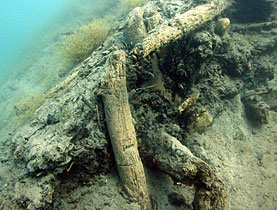
Switzerland is leading a bid to add pile dwellings in the alpine region to the Unesco list of World Heritage sites.
Six countries are submitting a joint application to register more than 150 such stilt houses dating back to between 5,000 and 800 BC. The United Nations culture organisation is due to decide on the project in 2011.
“The project is unique for a period so far back in history,” said Claude Frey, president of Palafittes, an organisation coordinating the candidacy.
The aim of the campaign is to ensure that the remains are not destroyed in the coming few decades through draining of lake shores or marshes.
“Pile dwellings have been extremely well conserved under water over time, but there is a risk that they will be ruined for good,” Frey added at a news conference on Monday.
“The nomination as a Unesco World Heritage site will further increase the awareness of this extraordinary cultural heritage among the wider public,” a statement said.
Overall there are about 1,000 known sites of pile dwellings in the alpine region, including Austria, France, Germany, Italy, Slovenia and Switzerland.
More than 150 sites were chosen for the dossier, most of them in Switzerland, notably in Lakes Biel, Neuchâtel and Murten. Ancient dwelling places were also found on lakes Constance, Geneva and Zurich – in rural areas as well as in an urban environment.
The importance of the sites should not be underestimated, according to Beat Eberschweiler, an archeologist from canton Zurich.
He said their wooden and ceramic objects, pieces of ropes and wicker baskets could be dated to a specific year with dendrochronology, a technique based on tree-ring growth patterns.
Inventory
Palafittes is working on an extensive file with comparative analyses and a database for the Unesco dossier.
“It will be an extensive file, including clear definitions of the importance of the sites, and as a first, a database with all the prehistoric sites in the six countries,” said Christian Harb, managing director of Palafittes.
The candidacy is complex as it involves not only six countries, but up to 30 archaeological institutions.
The oldest known pile dwellings in Switzerland date back to 4,300 BC. Altogether there are nearly 450 sites dotted across the country, more than 80 of them were deemed to be of high scientific importance.
The candidacy is expected to cost SFr1.75 million ($1.6 million), including contributions from the cantons and other countries involved in the project as well as sponsors.
Few prehistoric sites
The candidacy won’t be easy, but Jean-Frédéric Jauslin of the Federal Culture Office is confident it will be successful.
“Unesco has become more restrictive and we need to prepare carefully,” he said.
The current Unesco list includes very few prehistoric sites, according to the culture office.
The pile dwellings cover about 30 different cultures from the Neolithic Period to the Iron Age, spanning more than 4,500 years.
Campaigners aim to hand in the candidature by the end of this year. The dossier will then be examined by the Unesco committee.
Less than ten days ago Unesco awarded the label to the watchmaking centres of La Chaux-de-Fonds and Le Locle.
Switzerland has a total of seven cultural and three natural heritage sites across the country. They include the old town of the capital, Bern, castles in Bellinzona, and the convents of St Gallen and St John at Müstair.
The Jungfrau-Altesch-Bietschhorn glacier region, a special tectonic arena in Glaris and the San Giorgio mountain near Lugano are part of the World Natural Heritage sites.
Urs Geiser, swissinfo.ch
The World Heritage List includes nearly 900 properties forming part of the cultural and natural heritage which the Unesco committee considers as having outstanding universal value.
These include mainly cultural, but also natural and mixed properties in 148 states.
Switzerland is home to ten Unesco heritage sites, including the old town of Bern, the Lavaux vineyard terraces, the Jungfrau-Altesch-Bietschhorn region and the convent of St Gallen.
Last month the watchmaking centres of La Chaux-de-Fonds and Le Locle became the latest Swiss Unesco sites.
Another project related to the Swiss architect, Le Corbusier, could be presented next year by France, in partnership with Argentina, Germany, Belgium, Japan and Switzerland.
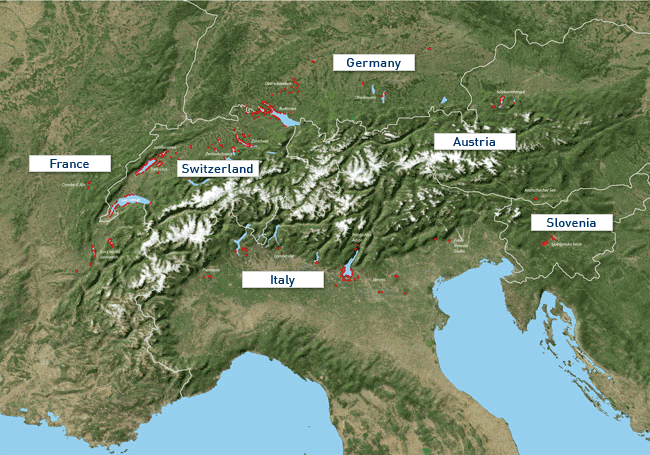

In compliance with the JTI standards
More: SWI swissinfo.ch certified by the Journalism Trust Initiative









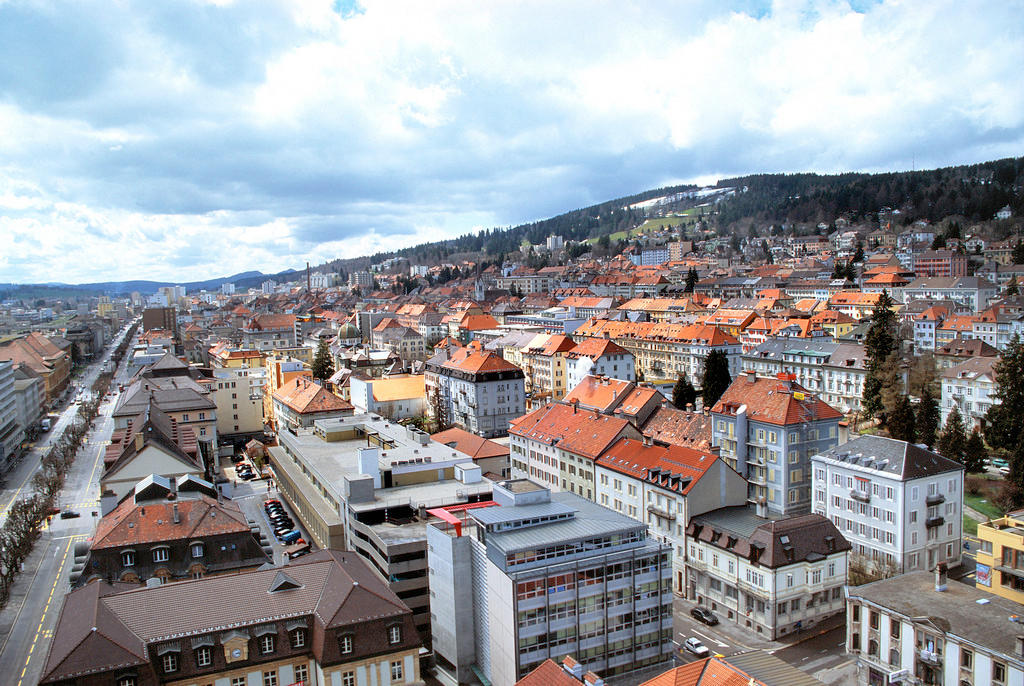
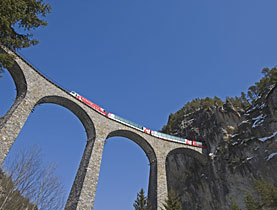
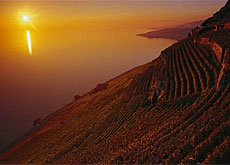


You can find an overview of ongoing debates with our journalists here . Please join us!
If you want to start a conversation about a topic raised in this article or want to report factual errors, email us at english@swissinfo.ch.